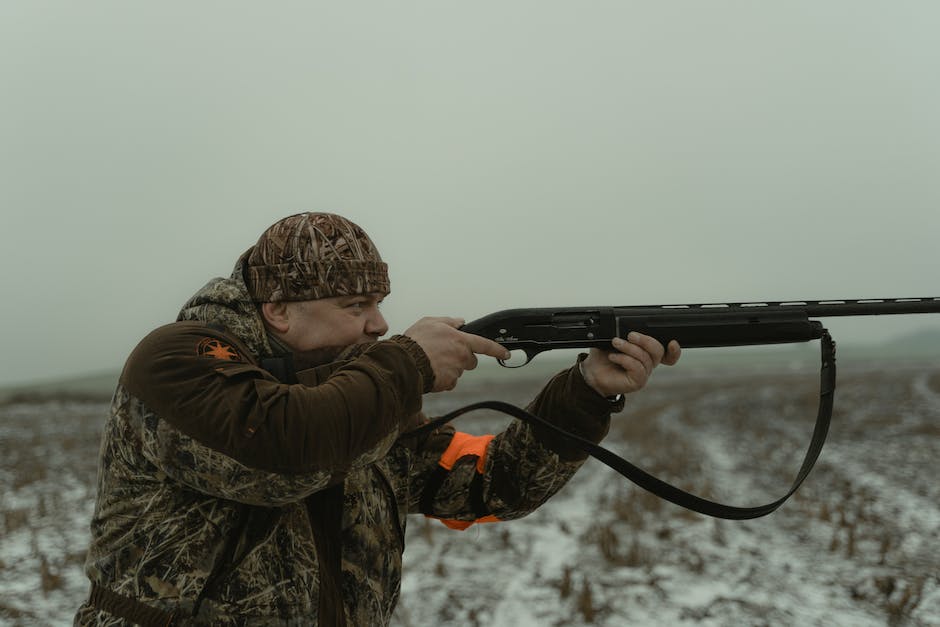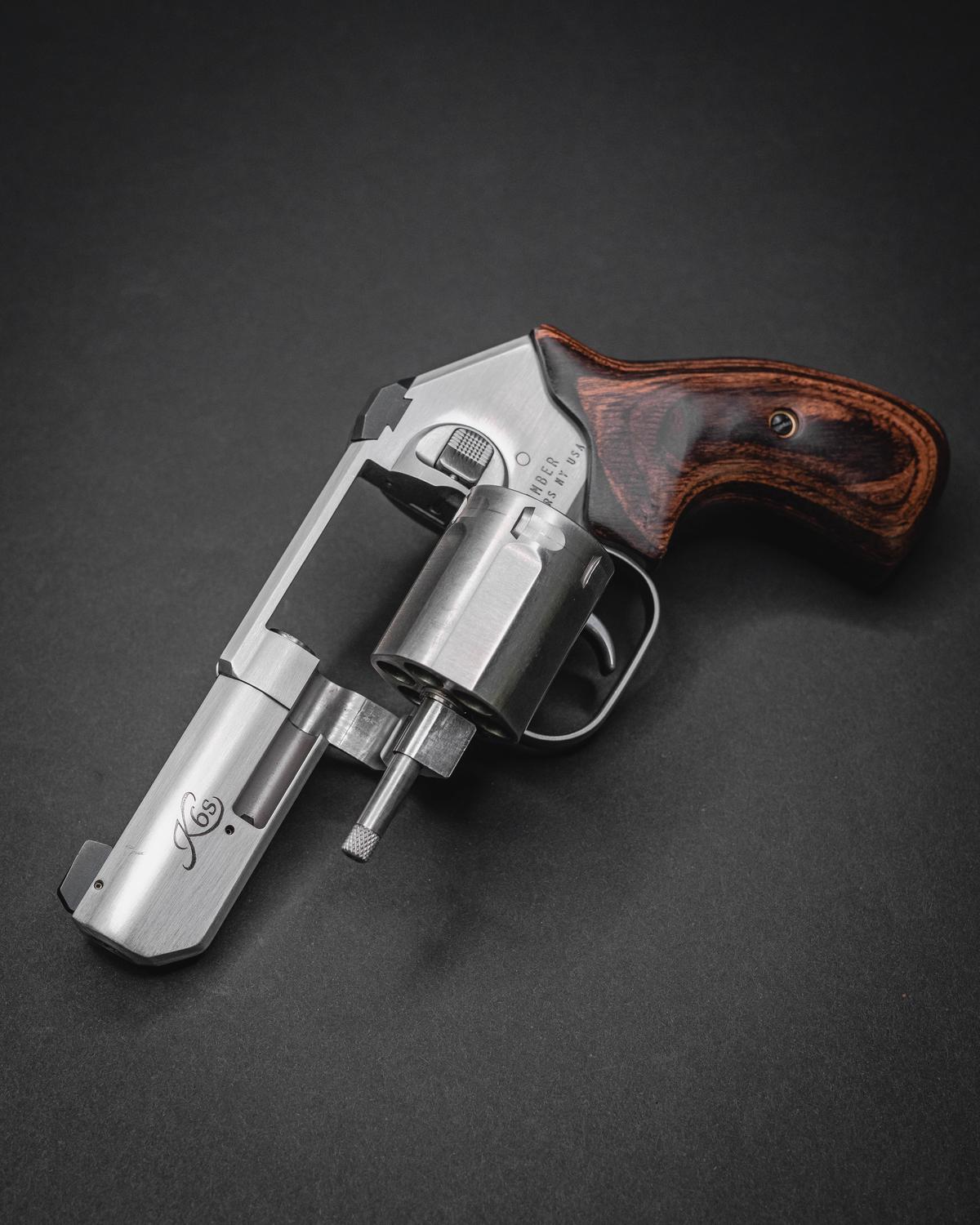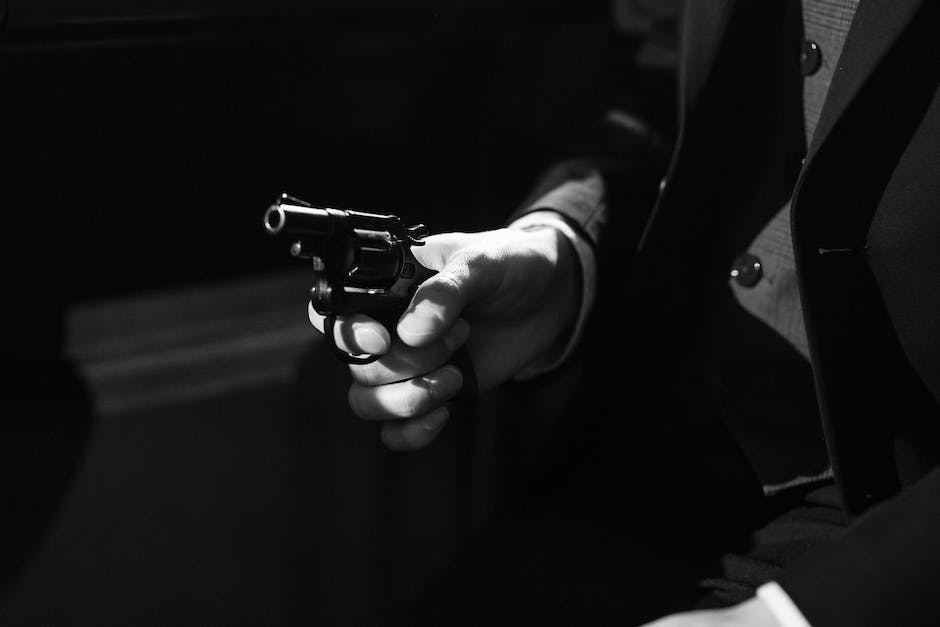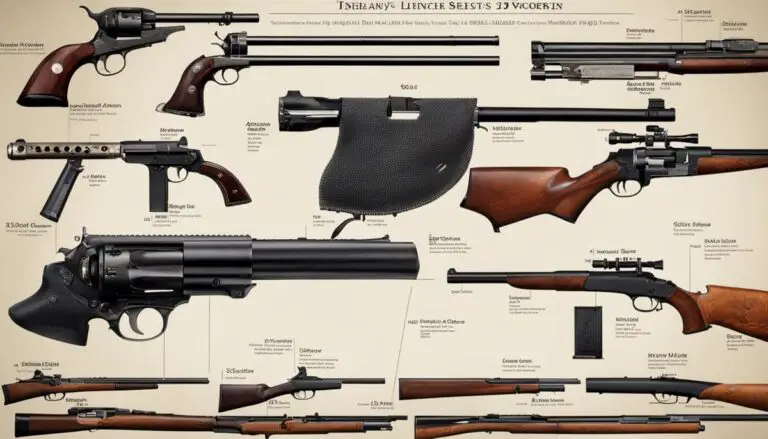Two titans of the firearm world – the 10mm and the 357 – have piqued the interests of gun enthusiasts, hobbyists and experts alike for many decades. The unique history and evolution of each model, coupled with their distinct technical specifications, offers an intriguing exploration into the world of ballistics. This examination dives deep into the annals of their creation, from their initial use and subsequent evolution in terms of design, handling, and firepower. Furthermore, it delves into the major technical aspects of each model, comparing them side by side to reveal underlying similarities and differences. Beyond the technicalities, we assess their performance across different scenarios, providing a practical understanding of their capabilities. This journey culminates as we scrutinize the pros and cons of each gun, enabling users to gain a comprehensive understanding of the merits and demerits of the 10mm versus the 357.
History and Evolution
The Historical Background and Evolution of the 10mm and .357 Guns: A Journey Through Time
As firearms enthusiasts galore, the 10mm and .357 guns occupy a special place in our hearts, don’t they? An exploration of their historical background and evolution paints a vivid picture of the profound changes ammunition technology has undergone through the centuries.
Yet, these guns’ story begins not with the weapons themselves, but a man; the illustrious Jeff Cooper. A U.S Marine Commander, Cooper was dissatisfied with the stopping power of the 9mm and .45 ACP calibers. He dreamt of a better combat handgun; his dream materialized in the 10mm auto in the late 1970s.
From its inception, the 10mm redefined the power paradigm. It was optimized for a high velocity, resulting in stronger penetration and more significant harm to targets. Cooper meticulously fine-tuned his brainchild to cover a 200-meter range, a far cry from the 50-meter reach of comparable handguns at the time.
Manufactured first by Dornaus & Dixon Enterprises in 1983, the Bren Ten pistol played the muse to the 10mm cartridge. This match seemingly made in heaven unfortunately had a short run, with the Bren Ten ceasing production in 1986. Yet, the 10mm had proven its mettle, notably inspiring the FBI to adopt a reduced-power 10mm load by 1989.
Cut to the .357 Magnum, the brainchild of trusted firearms designer Elmer Keith and Phillip B. Sharpe. Unveiled in 1935 by Smith & Wesson, the .357 derived from the .38 Special, boasting significant improvements.
Desiring something more substantial than the .38 Special, Keith sought a cartridge to penetrate auto glass and body armor used by gangsters in the 1930s. It was this goal that drove the development of the legendary .357 Magnum. Boasting a lead bullet weighing anywhere between 125 to 158 grain, the .357 Magnum was a step-change in handgun power, marking a new era in combating organized crime.
Over the years, the .357 Magnum, with its massive stopping power and impressive long-range capabilities, has become a preferred choice in both law enforcement and self-defense.
From their conception to popularity, the evolution of the 10mm auto and the .357 Magnum traces a rich history. Each represents a testament to human ingenuity, a desire for improved efficacy and safety. Both the 10mm auto and .357 Magnum have undoubtedly left enduring legacies within the realm of firearms – legacies built on innovation, adaptation, and the relentless pursuit of perfection.
One could conclude, as with life and tech, firearms also find a way to evolve and grow, mirroring the time they’re born into and tracing a rich timeline that stands testaments to human adventurism and the constant need for better security.

Technical Specifications
The journey that leads us to the current technology in firearms is fascinating, marked by exciting chapters of innovation and refinement. And there’s so much more when we dive into the specifics of different calibers, such as the 10mm auto and .357 Magnum. As we continue the discussion on these two, let’s turn our attention to their attributes, technical specifications, and distinctive features that make each stand out.
The 10mm auto is known for its impressive stopping power and range, especially if you’re using the original high-power version. This auto handgun caliber has a bullet diameter of .400 inches (10.16mm) and a case length of .992 inch (25.20mm). It is loaded to maximum pressure of 37,500 psi, propelling its 180-grain bullet to a velocity of about 1,300 feet per second. These characteristics contribute to the cartridge’s deep penetration and powerful impact, making it an optimal choice for hunting medium to large game as well as self-defense.
One unique feature about the 10mm auto is its flat trajectory, which is advantageous in long-range shooting. This benefit is a direct result of high muzzle energy and velocity. On the downside, it holds the larger recoil which can be a challenge for rookie shooters, but catered specifically to those seeking thrills behind the grip.
On the other hand, the .357 Magnum, revered since its debut in the 1930s, boasts a bullet diameter of .357 inches (9.1mm) with a case length of 1.29 inches (32.77mm). Depending on the gun and type of bullet, the .357 can reach a muzzle velocity around 1,200 to 1,500 feet per second. This cartridge is applauded for its accuracy, breaking barriers with its high performance from greater distances.
One value-added feature of the .357 is its versatility. It’s capable of accommodating .38 Special ammunition, which is ideal for less experienced shooters due to its lower recoil. But don’t be fooled—when combined with a longer-barreled firearm, the .357 Magnum exhibits exceptional power and accuracy, making it a popular choice for hunting, target shooting, and security purposes.
Furthermore, the .357 Magnum’s performance is famed for its consistency, showing less fluctuation in velocity and performance across a range of temperatures. This makes it a reliable choice in varying environmental conditions. Its prestigious reputation in law enforcement, self-defense, and hunting circles bear testimony to this.
In essence, both the 10mm auto and .357 Magnum are flagbearers representing masterful innovation in firearm technology. The 10mm packs a stronger punch and excels in long-distance shooting, while the .357 Magnum is known for its versatility and unfaltering performance. Nevertheless, the choice between these two stalwarts depends heavily on the individual’s needs, experience, and preference. Their respective histories, calibers, and technical specifications serve diverse shooting applications, hence, amplifying their grandeur status in the world of firearms. Yes, it’s a choice between power and versatility, but whatever you pick, you are in store for a potent piece of defense and a thrilling shooting experience.

Performance and Usage Scenarios
Now on to the meat of our discussion – how do the 10mm and .357 Magnum fare in different real-world scenarios? The answer is not as cut and dry as it may seem, mainly because each one has its own unique advantages that lend it towards specific situations.
For instance, when considering wilderness use, many experts lean towards recommending the 10mm, and here’s why. It’s a solid performer when it comes to penetrating power. This makes it ideal for tackling larger threats, such as those found in the wild, and is even known to tackle some larger predators, like big cats and bears. Furthermore, its high velocity ensures a flatter trajectory, which can be beneficial in open environments.
In terms of magazine capacity, the 10mm also shines by generally offering higher capacity compared to the .357 Magnum. This increased capacity may come in handy in critical situations, and it’s a feature that shouldn’t be overlooked, especially for users who value ready availability of more rounds.
Switching gears to the .357 Magnum, one cannot overlook its impressive track record in personal defense scenarios. Its stopping power is legendary, and it has been the standard bearer in this domain for decades. The .357 Magnum delivers exceptional terminal ballistics, which translate into high energy delivery on target, making it a formidable caliber in close quarters situations. Additionally, its recoil is typically more manageable than the 10mm, which allows for quicker follow-up shots—a key consideration in fast-paced, high-stakes situations.
However, despite all these solid points, it’s important not to overlook a very crucial factor – the user’s comfort with the firearm. It boils down to one’s ability to handle the specific gun and caliber comfortably and proficiently. Familiarity with the recoil, trigger pull, and grip of a .357 Magnum snub-nose revolver can trump the supposed advantages of a 10mm semi-automatic if the shooter simply cannot control or accurately shoot the latter.
As for hunting, both calibers have proven successful, though the ultimate choice may depend more on the hunter’s skills and the game being pursued. The 10mm Auto, with its high velocity and robust performance, stands out for hunting medium-sized game. In contrast, the .357 Magnum, both in revolvers and lever action carbine, has been a popular choice among hunters for small game and varmints, owing to its excellent accuracy.
Overall, there is no “one-size-fits-all” answer. The 10mm Auto and .357 Magnum, each with its legacy and strengths, serve different purposes and excel in various scenarios. It basically boils down to personal preference, skill level, and the specific needs of the user. But whichever way one decides to lean, know that both these calibers stand out in their respective fields for very compelling reasons and hold noteworthy places in the annals of firearm history.

Photo by tents_and_tread on Unsplash
Pros and Cons
The wonderful world of weaponry often boggles the mind of the initiated, and the debate between the 10mm Auto and the mighty .357 Magnum is a perennial one. Both have proven their worth and have their staunch followers, but each leads the battlefront with unique advantages and drawbacks which we’ll expound upon in the ensuing section.
Venturing into the wild, a 10mm Auto is an invaluable companion. Being a high-velocity round, it packs a punch that’s fitting for defending against larger predators. From wild hogs to mountain lions and even bears, the 10mm can hold its ground. Infusing ample firepower and penetrating capabilities, it counteracts the risks looming in the wilderness, making it a superb choice for outdoor enthusiasts as their go-to bear defense handgun.
On the other hand, one cannot disregard the importance of magazine capacity during critical situations. Generally, 10mm firearms can hold more rounds in comparison to the .357 Magnum. This can overwhelmingly tip the scale in favor of the 10mm Auto during intensely volatile situations where every extra round counts.
Now, let’s shift our focus to the renowned stopping power and track record of the .357 Magnum. Going by the real-world success stories, the .357 Magnum, owing to its immense energy transfer and superior stopping power, has proven its worth in personal defense time and again. You only need to ask any law enforcement veteran to confirm its efficacy.
Also worth considering is the comfort and familiarity of the firearm. For those used to the 9mm frame, the transition to 10mm Auto would be a smoother process. The same is true for .38 Special users moving up to the .357 Magnum. Ultimately, comfort and practicality are just as important as power.
In hunting scenarios, the choice between these two calibers varies according to the type of game you’re tracking. The 10mm Auto performs exceptionally well with medium-sized game. Its increased energy and higher velocity make it an excellent choice for deer-sized game. On the contrary, the .357 Magnum serves flawlessly when hunting small game or varmints, thanks to its power control and high precision.
In reality, there’s no “one-size-fits-all” conclusion to this comparison. A lot rides on the user’s comfort, intended use, personal preference, and skill level. Both the 10mm Auto and .357 Magnum have established their place in the coronals of gun history, showcasing unique strengths in their respective fields. The essence is in understanding these strengths and aligning them to your needs and intertwining them with your passion for firearms.

The 10mm and the 357, each holding a significant position in the world of firearms, offer a fascinating study to gun enthusiasts keen on understanding the subtleties that make every model distinctive. Their rich histories are remarkable in their own rights; each model has been refined through time to meet the specialized demands of the user. The technical specifications of both guns, although pointing out glaring differences, also highlight some intriguing similarities. Performance-wise, both prove to be formidable competitors across diverse situations. However, the coin has two sides, and so does the use of these firearms. Their unique characteristics serve as double-edged swords, presenting an array of advantages and disadvantages. Therefore, understanding them in-depth offers a clearer perspective, helping individuals make a well-informed decision when choosing between the 10mm and the 357.

Born in rural Texas, Logan has been a passionate gun enthusiast from a young age, influenced by his family’s deep-rooted tradition in hunting and sport shooting. He has carved out a niche as an authoritative voice in the firearms community, writing extensively about gun safety, hunting techniques, and the latest advancements in firearm technology.

